Sumy is a city in the northeastern part of Ukraine, which combines a rich historical legacy and cultural heritage. The city has a unique atmosphere where modern life harmoniously blends with ancient traditions. Every tourist can find something interesting to visit here. Despite its compact size, Sumy has many impressive landmarks that captivate visitors with their beauty and history. From strolling through old streets to visiting museums, Sumy is sure to surprise even the most seasoned traveler.
Fountain “Sadko”
Located in the heart of Sumy, the “Sadko” fountain has become one of the most popular spots for locals and tourists to stroll around. Its elegant design and bright lighting create the impression of a true water show that attracts attention from the first glance. The fountain was designed in 1975, but its construction was completed only in 1985. Its cascading waterfalls resemble mountain rivers flowing down, creating an unforgettable effect. Additionally, the fountain is decorated with a sculpture of the hero from Slavic epics, Sadko, who embodies strength and power. There are also beautiful benches around the fountain and part of the old architecture, the former women’s gymnasium building, which adds more historical depth to the atmosphere.
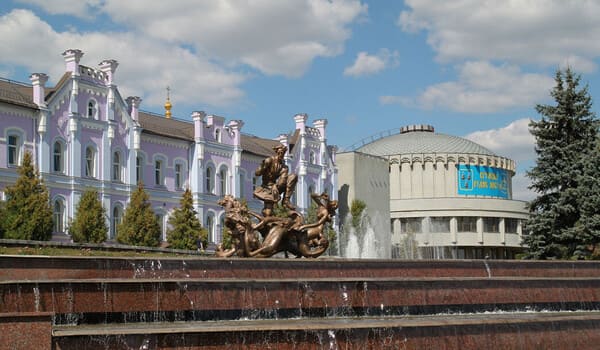
Independence Square
Independence Square is the central artery of the city and an important historical site, opening up a rich cultural context of Sumy. This is where the history of Sumy began in 1652, when the Cossacks founded the first settlement in these lands. The modern look of the square has been shaped over the centuries, and now it is a place for meetings, ceremonies, and celebrations. The Resurrection Cathedral, the main architectural landmark of this place, was built in the Baroque style and became a symbol of rebirth after difficult wartime. After World War II, the church was nearly destroyed, but thanks to the efforts of local residents and authorities, it was restored and today it adorns the square, reminding visitors of the city’s historical milestones.
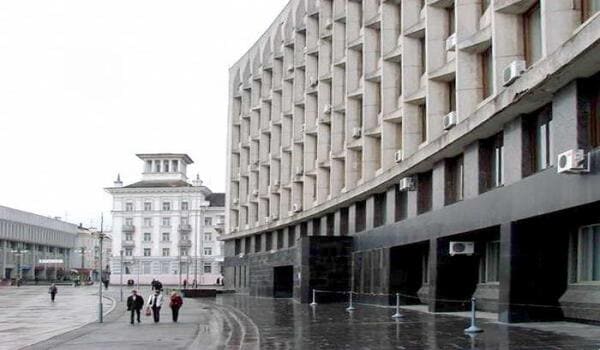
Holy Resurrection Cathedral
The Holy Resurrection Cathedral is an undisputed architectural masterpiece that has survived since the 17th century. It was funded by Gerasim Kondratiev, the first colonel of Sumy, who was also one of the founders of the city. The cathedral is built in the traditional Ukrainian style, with large domes and massive walls, creating a sense of invincibility. It is not just a religious building but also a symbol of the resilience and prosperity of Sumy. Nearby the cathedral, there is a stone building built in the early 18th century, which is also an important architectural monument. Interestingly, this building has been rebuilt multiple times, and today, its ancient elements can still be seen in the basement and attic, adding a sense of mystery.
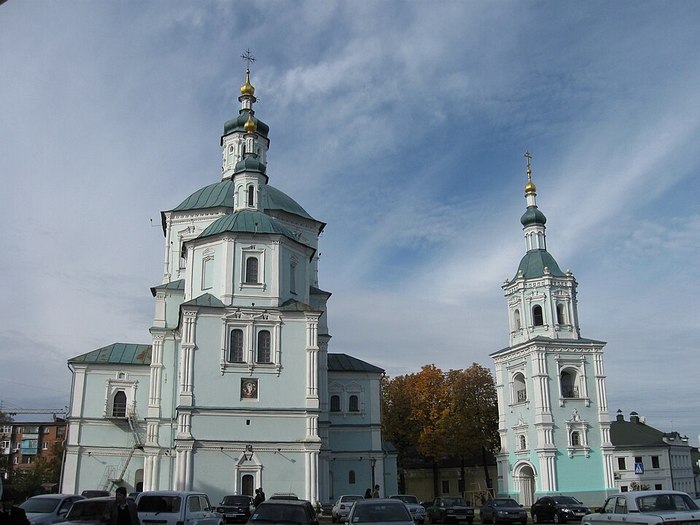
Ivan Kozhedub Culture and Recreation Park
The Ivan Kozhedub Culture and Recreation Park is a place where everyone can find relaxation and inspiration. Established in 1933, it has become a favorite spot for walks and an important cultural center for the locals. Various concerts, festivals, and cultural events are held here. Ivan Kozhedub, a distinguished pilot and Hero of the Soviet Union, became a symbol of bravery and patriotism, and the park named after him continues to preserve these values. In summer, the park offers amusement rides, a dance floor for discos, and a family-friendly recreation area.
The park’s observation wheel, which offers stunning views of the city, is a favorite among visitors. Nature lovers will be impressed by the more than 40 species of trees and rare plants, some of which are found only in a few places in Ukraine.
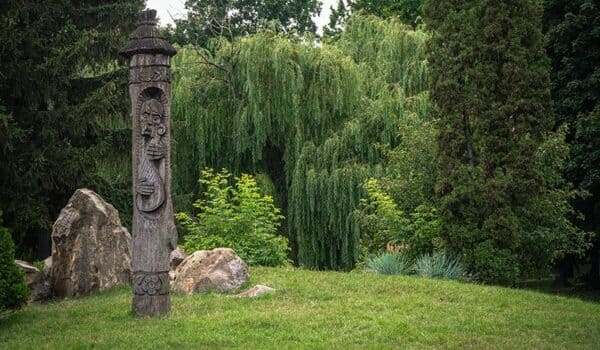
Sumy Regional Philharmonic
The Sumy Philharmonic is a cultural landmark of the city with a history that spans over centuries. The building was constructed in the 19th century as the Nobles’ Assembly, and since 1938, it has housed the Sumy Philharmonic. The architecture of this building is impressive: grand columns, a classical façade, and interior spaces where ballet performances and operas once took place, remind visitors of its glamorous past. In addition to musical events, the building also hosted theatrical performances and movie screenings. Today, the building continues to host numerous classical music concerts, providing an opportunity to immerse oneself in the cultural life of Sumy.
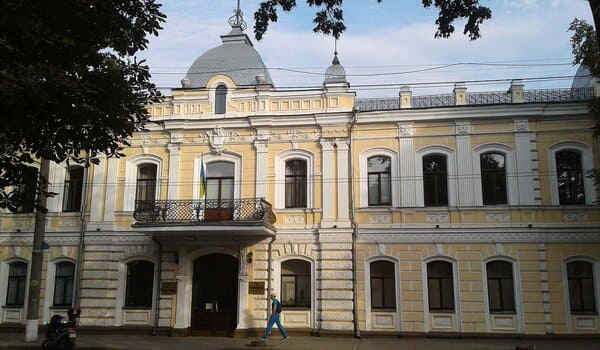
Sukhany-Sumovsky Mansion
This elegant mansion is an architectural gem from the late 19th century. It was built by the entrepreneur Mykola Sukhanov in a neoclassical style with elements of Baroque. The mansion’s three-building ensemble was completed in 1895. The building is decorated with semi-columns, pilasters, garlands, and other decorative elements that lend it an air of sophistication. Later, the mansion passed into the hands of the Sumovskys, a family of prominent philanthropists and public figures. Today, the mansion houses the Institute of Applied Physics of the National Academy of Sciences of Ukraine, but its architecture still impresses visitors. While the building may not be open to the public, it is possible to admire the beauty of the mansion from the outside.
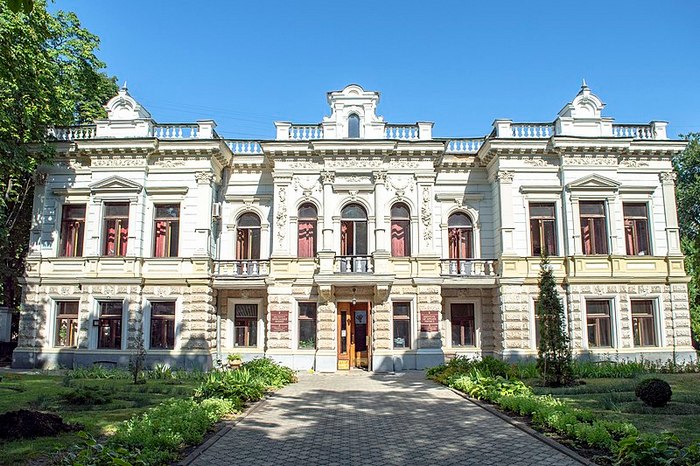
Trinity Cathedral
This magnificent cathedral was built at the beginning of the 20th century, thanks to generous donations from the sugar manufacturer Pavlo Kharitonenkо, the son of one of the wealthiest entrepreneurs of the time. The Sumy architect Karl Sholtz designed the cathedral, inspired by St. Isaac’s Cathedral in St. Petersburg, which made it even more grandiose. Construction lasted for over ten years, and Kharitonenko never saw its completion, as he passed away before the cathedral was consecrated. The architecture of this church combines elements of various styles. Around the perimeter of the temple runs a classical-style cornice, and the chapels are built in the Baroque style. There are decorative elements in the form of plant ornaments.
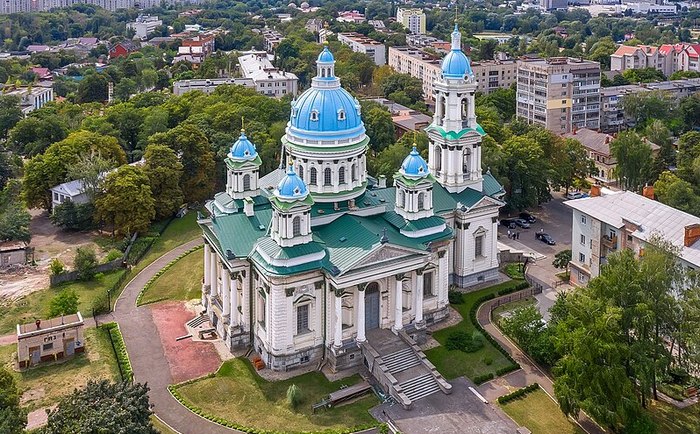
Art Quarter
The Art Quarter is an unofficial name that appeared quite recently but has already attracted attention from both tourists and locals. In April of this year, after the renaming of streets, a territory emerged where streets were named after famous artists, such as Mykola Murashko, Hnat Khotkevych, Nikanor Onatsky, and David Burliuk. Here, you will find not only beautiful streets but also museums, theaters, and galleries that showcase art and culture. The quarter is located near regional museums—the Art and Local History Museums—as well as the Sumy National Academic Theatre named after Shchepkin.
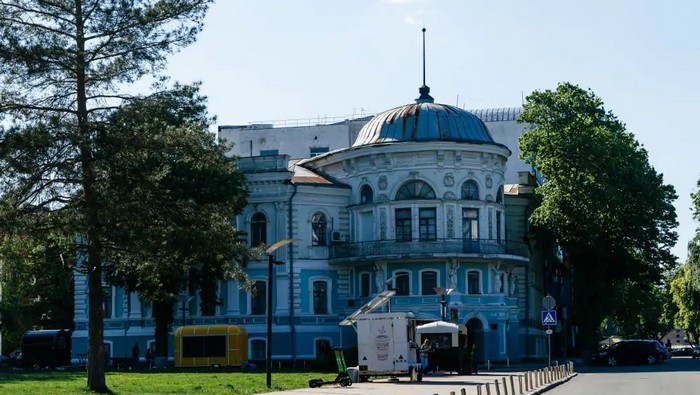
Memorial House-Museum of Anton Chekhov
Sumy has a unique place for tourists — the Memorial House-Museum of Anton Chekhov. The house was part of the noble Lintvarksy family estate, where the famous writer lived for a time. In the late 19th century, Chekhov lived and worked in the wing of the estate. This was a refined building with six columns, surrounded by a lush garden. It was here that the writer created his finest works. From Chekhov’s diaries, we know that he found peace, harmony, and inspiration in this beautiful estate, which is now named in his honor.
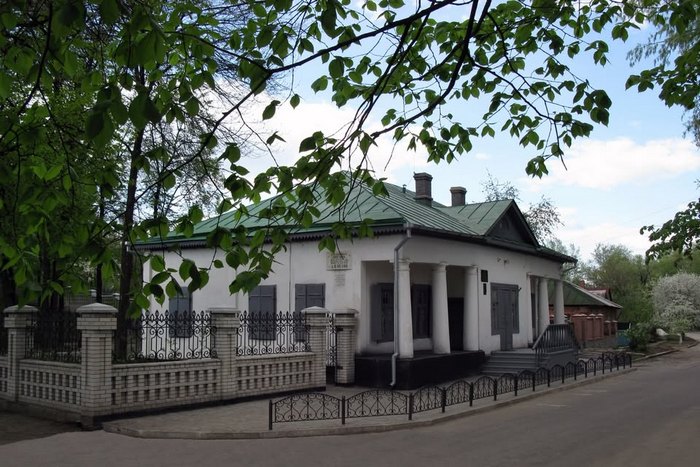
Children’s Park “Kazka”
The “Kazka” park is a wonderful option for those who are unsure of where to go with children in Sumy. It was developed in 1985 and has since become a center for amusement rides and various other children’s activities. The park features ponds where you can ride on catamarans or boats. In the center of the park, there is a fountain about twelve meters high. Visitors stroll along cozy alleys and pedestrian paths, admiring the beauty of the park’s architecture and greenery. Every year, a children’s circus tent visits the park, and the amusement park sets up in the warm months to entertain young visitors. The park’s main feature is a playground shaped like an ancient castle-fortress. It is a miniature version with tunnels, slides, a lake, bridges, and cannons from the medieval era. However, the park is not just famous for its attractions. There are also fairy-tale structures and characters from popular children’s stories, including scenes from “Cinderella,” “Mowgli,” and “Puss in Boots.”
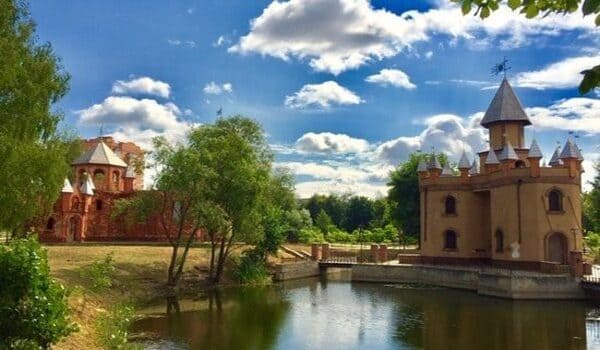

![[:ua]Суми[:] Суми](https://www.cutinsight.com/wp-content/uploads/2025/10/Sumy.jpg)